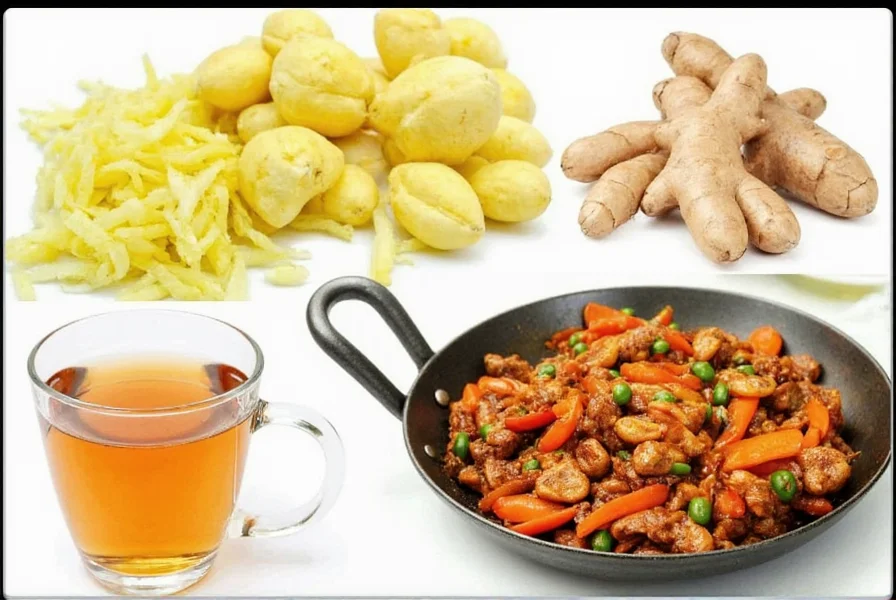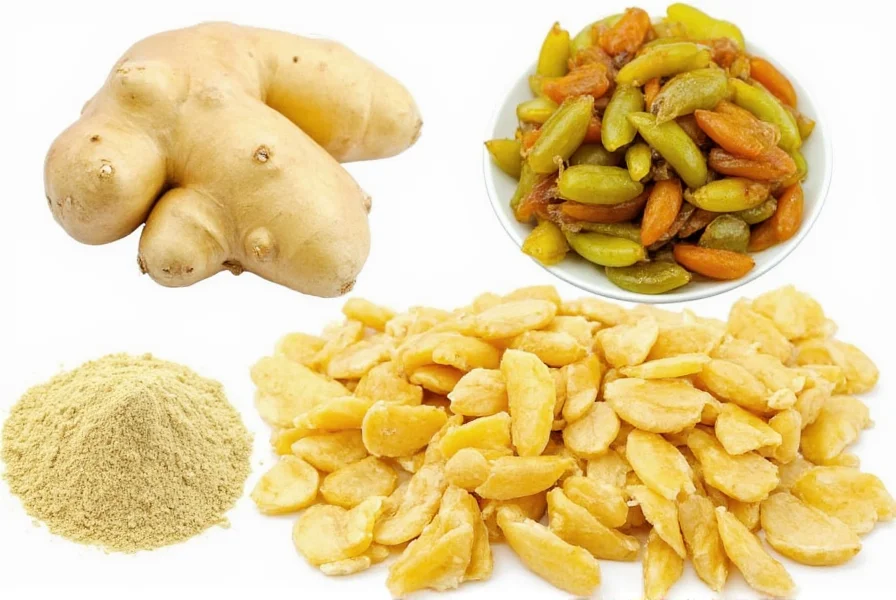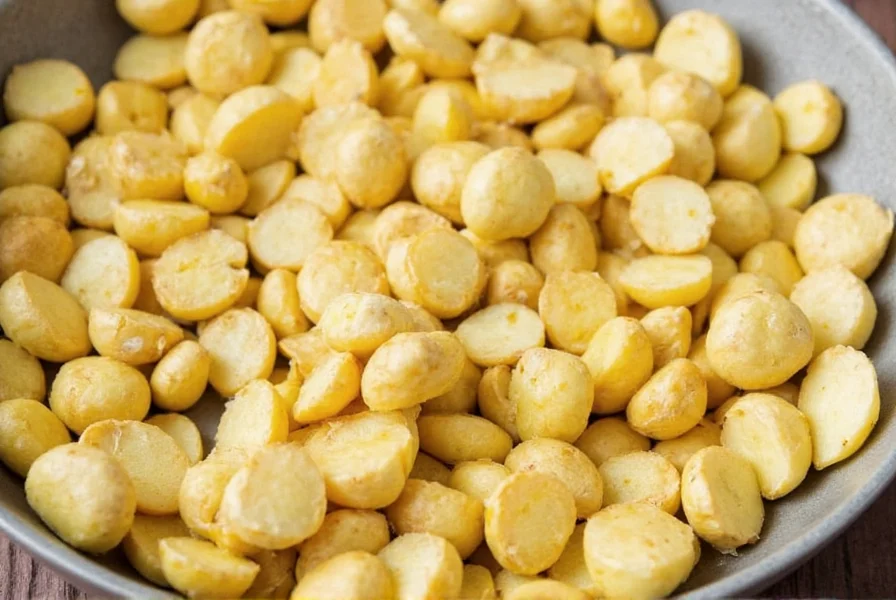Practical Applications for Fresh Ginger Root
When you find yourself with extra ginger root, numerous practical applications can prevent waste while enhancing your health and culinary creations. This versatile rhizome contains gingerol, the bioactive compound responsible for its potent anti-inflammatory and antioxidant effects. Understanding how to use fresh ginger root in cooking transforms ordinary meals into flavorful, health-boosting experiences.
Culinary Uses for Ginger Root
Fresh ginger elevates both sweet and savory dishes with its distinctive zing. Grate or mince it finely for even distribution in recipes. When cooking with ginger root, remember that younger roots offer milder flavor while mature roots provide more intense heat.
Essential Cooking Techniques
For how to make ginger tea with fresh root, slice 1-2 inches of peeled ginger and simmer in 4 cups of water for 15-20 minutes. Add lemon and honey for enhanced flavor and additional health benefits. This simple preparation creates a soothing beverage that aids digestion and reduces nausea.
Creating ginger paste extends your root's usability. Peel and blend equal parts ginger and water until smooth, then store in an airtight container in the refrigerator for up to three weeks. This paste works perfectly in marinades, stir-fries, and salad dressings.

Preservation Methods That Work
Learning effective ginger root storage methods that work prevents waste and ensures availability. Freezing whole ginger root requires no preparation—simply place unpeeled roots in a freezer bag. When needed, grate frozen ginger directly into dishes without thawing.
| Preservation Method | Shelf Life | Best For |
|---|---|---|
| Freezing (whole) | 6 months | Grating directly into recipes|
| Pickling in vinegar | 3-4 weeks | Sushi, salads, garnishes|
| Drying and powdering | 1 year | Baking, spice blends|
| Storing in alcohol | Indefinite | Tinctures, extracts
Health Applications of Ginger Root
Ginger's medicinal properties make it valuable beyond the kitchen. Research confirms its effectiveness for ginger root for nausea relief, particularly for morning sickness, motion sickness, and postoperative nausea. The recommended dosage is 1-1.5 grams of fresh ginger daily.
Ginger Shots for Immunity
Creating ginger shots provides concentrated health benefits. Blend 4 ounces of peeled ginger with 2 ounces of lemon juice, 1 tablespoon of honey, and 4 ounces of water. Strain and store in small bottles. Consuming 1-2 ounces daily supports immune function and reduces inflammation.
Natural Remedies Using Ginger
For sore throats, prepare a ginger gargle by steeping sliced ginger in hot water for 10 minutes, then adding salt. The anti-inflammatory properties help reduce throat irritation. When exploring using ginger root in natural remedies, remember that fresh ginger generally provides more potent effects than dried forms.

Creative Non-Culinary Uses
Beyond cooking and health applications, ginger root serves practical household purposes. Create a natural cleaning solution by steeping ginger scraps in vinegar for two weeks, then straining. The resulting liquid works as an effective surface cleaner with antimicrobial properties.
Ginger also benefits gardening. Bury small ginger scraps in compost bins to accelerate decomposition. The enzymes in ginger help break down organic matter more efficiently.
Maximizing Your Ginger Root
Understanding what to do with extra ginger root prevents waste while enhancing your daily wellness routine. When selecting ginger, choose firm roots with smooth skin and minimal wrinkles. Store unpeeled ginger in the refrigerator's crisper drawer for short-term use (up to three weeks).
For long-term storage solutions, consider multiple preservation methods simultaneously. Freeze some for cooking, pickle another portion for immediate use, and dry the remainder for spice blends. This approach ensures you always have ginger available in the form best suited for your current needs.











 浙公网安备
33010002000092号
浙公网安备
33010002000092号 浙B2-20120091-4
浙B2-20120091-4